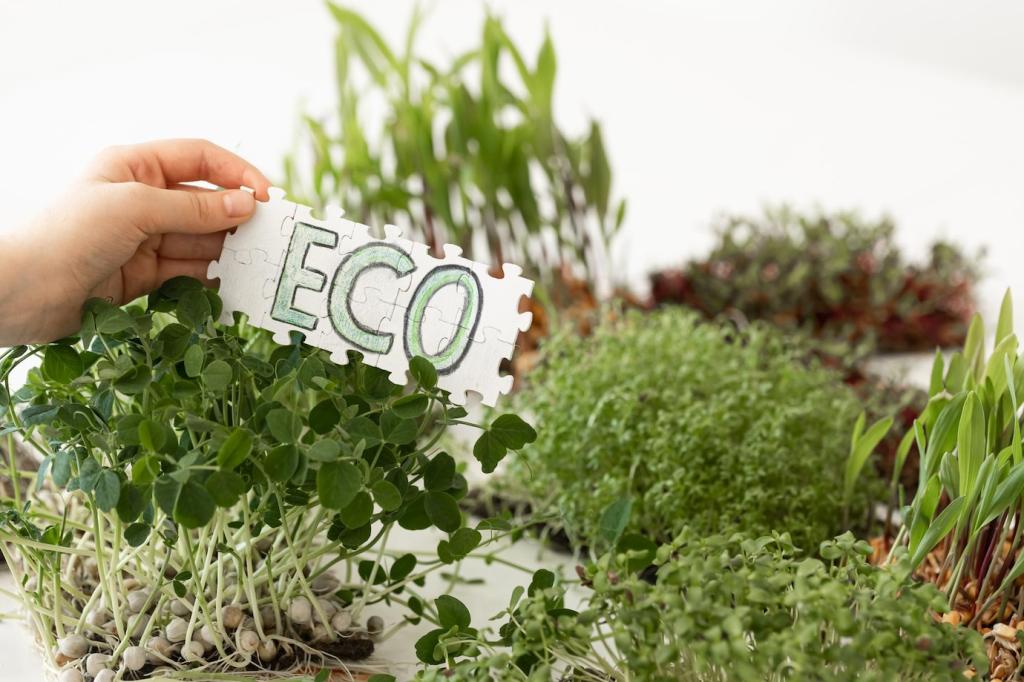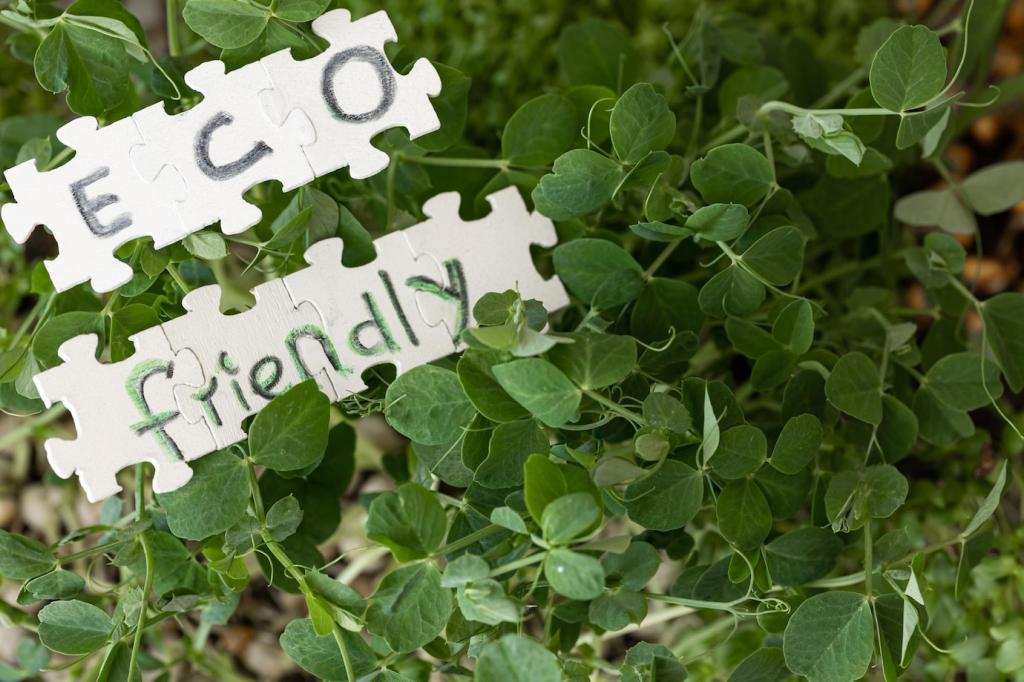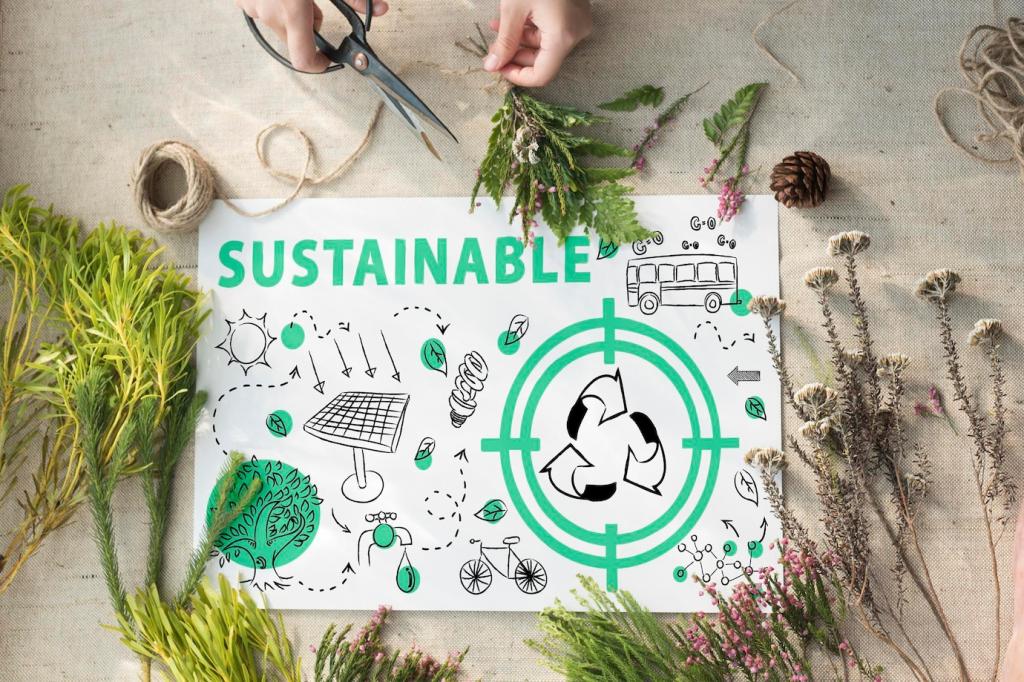Greener Cities, Stronger Communities: The Environmental and Social Benefits of Urban Microforestry
What Urban Microforestry Really Means

A microforest transforms a neglected patch of ground into a layered woodland with canopy, understory, shrubs, and groundcover. The structure boosts habitat, shade, and soil health, even on plots the size of a basketball court.
Cooling Cities and Cleaning Air
Shade that softens heat
Leafy canopies intercept sunlight before it bakes concrete and asphalt, lowering surface temperatures and creating walkable streets. Cooler routes mean safer summer commutes, fewer heat-related risks, and more outdoor time for every age group.
Leaves that filter pollution
Foliage captures dust and fine particles on leaf surfaces, while living bark and stomata exchange gases. This gentle filtration supports easier breathing, especially near busy roads and schools where vulnerable lungs need relief most.
Quiet pockets for calmer minds
Vegetation absorbs and scatters noise, turning harsh soundscapes into softer background hums. The result is less stress, fewer headaches, and more restorative spaces for reflection, conversation, or simply listening to birds return.
Biodiversity in Pocket Forests
Layered native plantings stagger bloom times across seasons, offering nectar, pollen, and shelter when larger green spaces are scarce. Bees, butterflies, and hoverflies quickly discover these reliable pit stops between larger parks.
Water, Soil, and Resilience
Stormwater slowed, not squandered
Tree roots and spongy mulch soak up rain, reducing runoff that can overwhelm drains. Slower flow means fewer flash floods, clearer waterways downstream, and cleaner rivers that start right beneath our feet.
From compacted dirt to living soil
Decompaction, compost, and continuous groundcover turn hardpan into crumbly soil rich with air pockets. Healthy soil stores water like a battery, powering growth during dry spells and protecting plants from heat stress.
Resilience you can measure
Track infiltration rates, canopy growth, and summertime surface temperatures to see change. Simple community science tools reveal how each season strengthens the forest’s capacity to buffer heat, drought, and heavy storms.
Community, Equity, and Wellbeing
Planning, planting, and watering together transforms acquaintances into teammates. People talk more, swap skills, and watch out for one another, creating a sense of place that keeps vandalism low and care high.



How to Start a Microforest on Your Block
Look for sunny ground with compacted soil, flooding issues, or excess heat—pain points microforests excel at fixing. Secure permission, map utilities, and sketch planting layers that match mature sizes, not just seedlings.
How to Start a Microforest on Your Block
Blend small grants, neighborhood crowdfunding, and in-kind support from local nurseries or businesses. Clear budgets and transparent updates keep momentum high and ensure everyone feels ownership of each planted tree.
